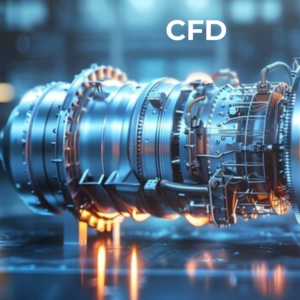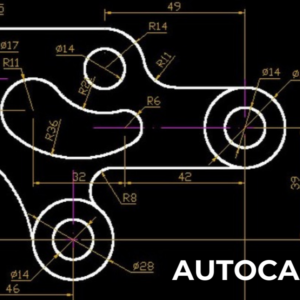Introduction to 3D Printing in Mechanical Design
3D printing technology has revolutionized the field of mechanical design. This innovative process allows for the creation of complex components with unprecedented precision and efficiency. As industries continue to adopt 3D printing, it is crucial to understand its transformative impact on mechanical engineering.
Advantages of 3D Printing for Mechanical Components
One of the primary benefits of 3D printing in mechanical design is its ability to produce intricate geometries that traditional manufacturing methods cannot achieve. This capability enhances the performance and functionality of mechanical components. Furthermore, 3D printing reduces material waste and shortens production times, making it a cost-effective solution for prototyping and low-volume manufacturing.
Applications of 3D Printing in Mechanical Engineering
3D printing is widely used in various mechanical engineering applications, from aerospace to automotive industries. Engineers utilize this technology to create lightweight yet robust parts, optimize designs through rapid prototyping, and even manufacture end-use components. The versatility of 3D printing enables engineers to push the boundaries of traditional mechanical design.
Future Prospects of 3D Printing in Mechanical Design
As 3D printing technology continues to evolve, its applications in mechanical design are expected to expand further. Advancements in materials and printing techniques will enable the production of more durable and complex components. Moreover, the integration of 3D printing with other technologies, such as artificial intelligence and automation, will drive innovation and efficiency in mechanical engineering.





Reviews
There are no reviews yet.